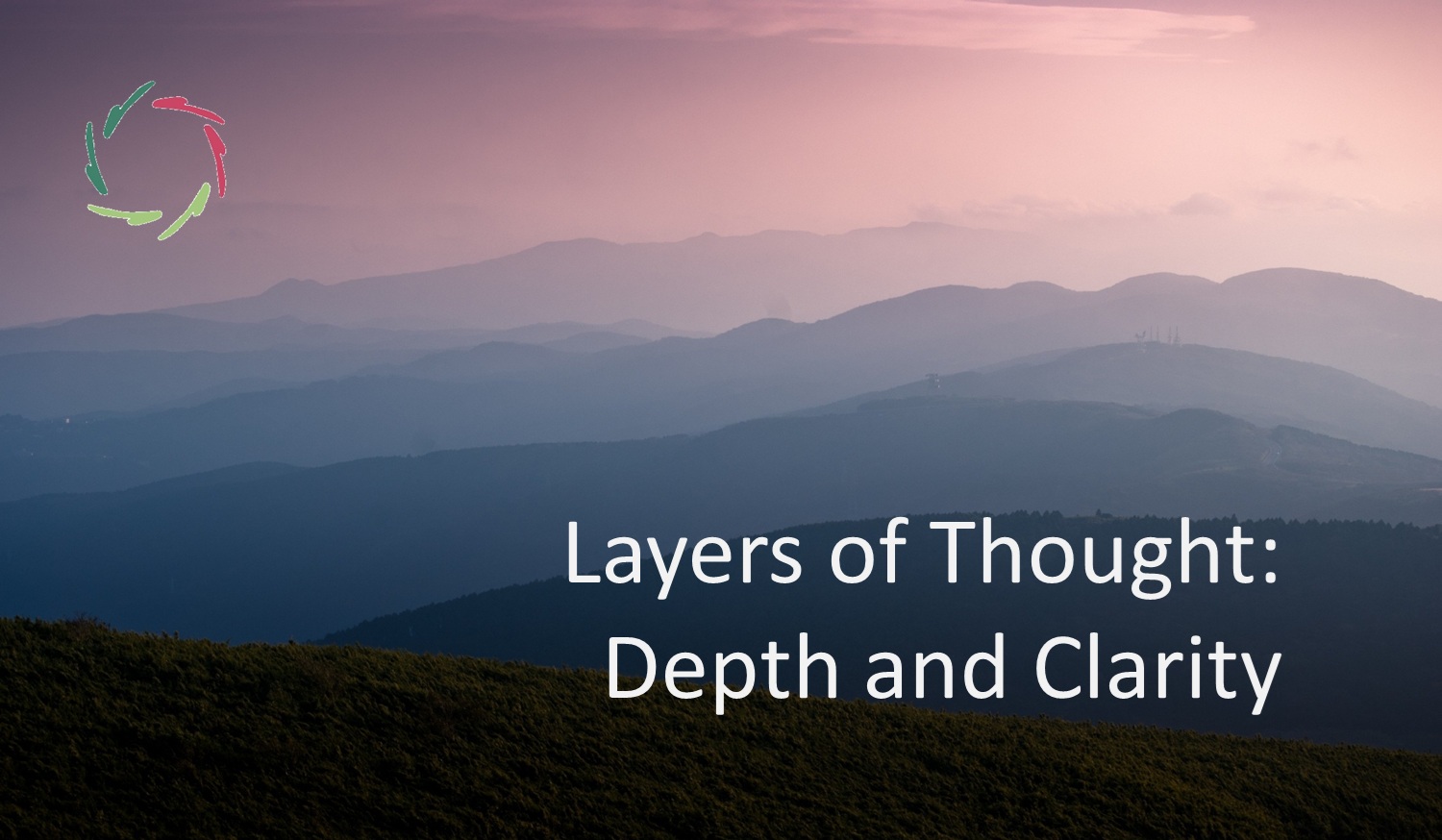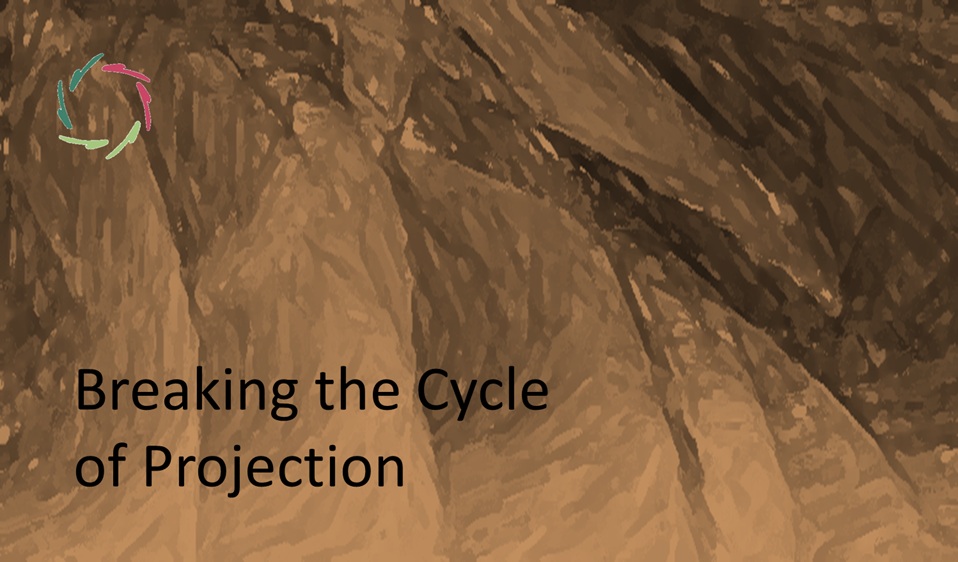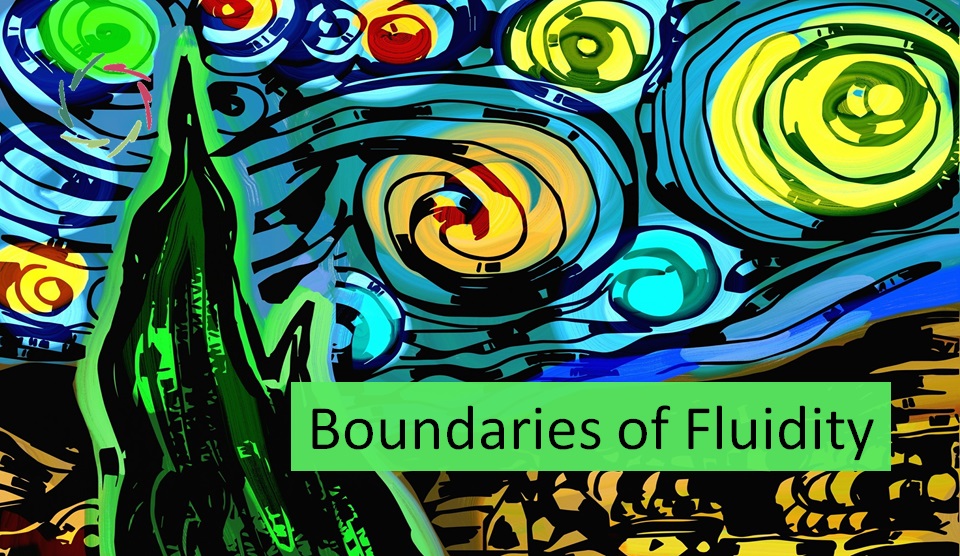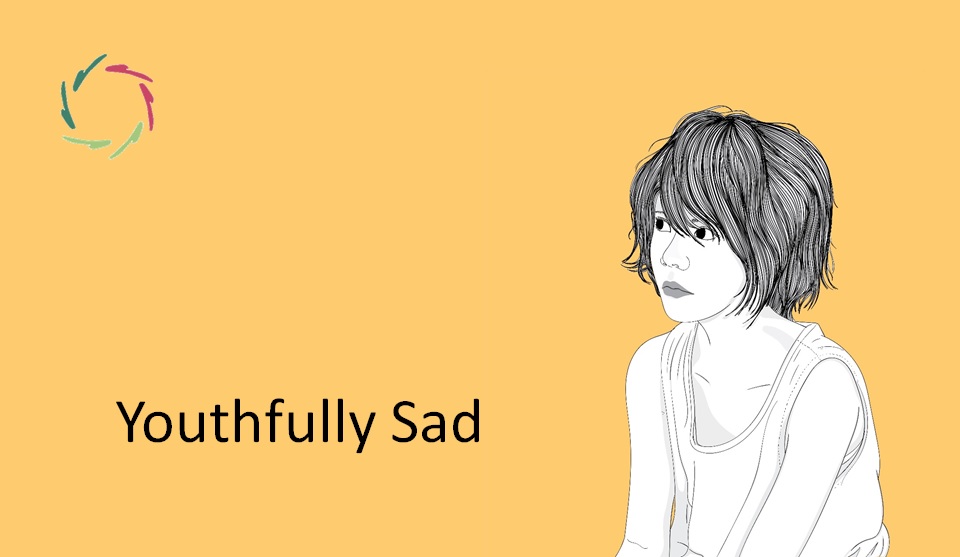Layers of Thought: Depth and Clarity

Our thoughts are not one-dimensional; they exist in layers, spanning the depths of intuition and emotion to the heights of rational abstraction. These layers – subconceptual depth and conceptual clarity – are not separate realms. They evolved together, intertwined in a way that reveals their profound interdependence.
This blog explores how this interplay shaped our evolution, why it matters practically, and what it means for understanding ourselves and the world.
The layers of thought
- Subconceptual depth
At the foundation of human cognition lies subconceptual depth. This form of thinking works beneath conscious awareness, processing vast amounts of sensory and emotional data as patterns. It is the realm of intuition, where gut feelings emerge, where music or poetry touches us deeply, and where we recognize faces or understand emotions in a glance.
This capacity evolved early in our ancestors, giving them the ability to navigate complex environments, avoid predators, and form bonds. It remains essential today—not only for survival but for creativity and insight. Subconceptual depth often provides the raw material for our higher-order thoughts, even if we’re unaware of it.
- Conceptual clarity
On top of this foundation lies conceptual clarity, the conscious manipulation of abstract ideas. Humans use conceptual thinking to categorize, plan, and communicate. It allows us to create tools, develop language, and articulate the meaning behind the patterns our subconscious detects.
Conceptual clarity brought humans a new level of control over their environment. Yet, without the richness provided by depth, clarity alone risks becoming sterile — capable of precision but lacking soul.
- The interplay
The real magic lies in how these two forms of thinking interact. Subconceptual depth provides the richness and intuition that clarity refines and articulates. Clarity, in turn, shapes the depth into something communicable and actionable. The interplay of depth and clarity is not a balancing act but a synthesis. Together, they create a dynamic whole greater than the sum of its parts.
The evolutionary synergy
The evolution of the human brain was not haphazard. Subconceptual depth and conceptual clarity developed in tandem because they needed each other. Without depth, clarity would have no raw material to work with. Without clarity, depth could not express its insights in a way that supported long-term survival or societal progress.
Early humans relied on subconceptual thinking to sense threats and opportunities intuitively. Over time, the ability to conceptualize these patterns became a crucial advantage. Language, for instance, likely arose from this synergy — combining the emotional resonance of sounds with the clarity of shared meaning.
This interdependence also underpins human creativity. Think of a cave painting: it springs from a deep emotional connection to the world but is rendered in symbols that convey meaning to others. This evolutionary synergy enabled humans to create art, ritual, and culture — expressions of depth shaped by clarity.
Practical applications
This layered understanding of thought is not just an intellectual curiosity; it has profound practical applications.
- Creativity and problem-solving
Great ideas often emerge from the interplay between depth and clarity. A flash of inspiration might arise subconsciously, but it requires conceptual clarity to shape it into a practical solution. Alternating between freeform exploration and structured refinement can unlock innovation.
- Education and learning
Teaching methods that blend abstract theory with hands-on, experiential learning engage both levels of cognition. Stories, metaphors, and interactive projects can make abstract concepts resonate deeply.
- Personal growth
Aligning conscious intentions with subconscious motivations fosters authenticity. Practices like journaling, meditation, or autosuggestion can help bridge the gap, allowing depth and clarity to work together harmoniously.
- Healing and Emotional Well-Being
Healing often requires engaging subconceptual patterns of emotion and memory while integrating them into conscious understanding. Practices like mindfulness or expressive arts therapy tap into this interplay to foster growth and resilience.
Philosophical implications
This synthesis of depth and clarity invites us to rethink fundamental questions about the human experience.
- Human identity
If the self is neither purely rational nor purely emotional but an ongoing interaction between these layers, then understanding ourselves means embracing our complexity. We are not fragmented; we are profoundly interconnected.
- Knowledge and wisdom
True wisdom arises not from logic alone but from the integration of clarity and depth. Rationality without depth can be cold, while depth without clarity risks incoherence. Together, they offer a fuller, richer understanding.
- Ethics and compassion
Ethical decision-making benefits from the integration of empathy (rooted in depth) and reason (rooted in clarity). Compassion is not just feeling — it’s understanding deeply and acting wisely.
- Interconnectedness
This interplay echoes broader philosophical themes, from Nāgārjuna’s Middle Way to the yin-yang of Taoism. It reflects the unity of opposites in creating a dynamic whole.
Conclusion: The layers of thought are not separate domains.
Subconceptual depth and conceptual clarity are interwoven, shaping our evolution and defining what it means to think, feel, and live as human beings. This insight is not a luxury; it is essential for understanding ourselves and navigating the complexities of life.
By embracing both directions, we can live more authentically, create more deeply, and connect more meaningfully — with ourselves, others, and the world. What would happen if we leaned into this synthesis more intentionally?
The answer lies not in one layer or the other, but in the rich interplay between the two.


